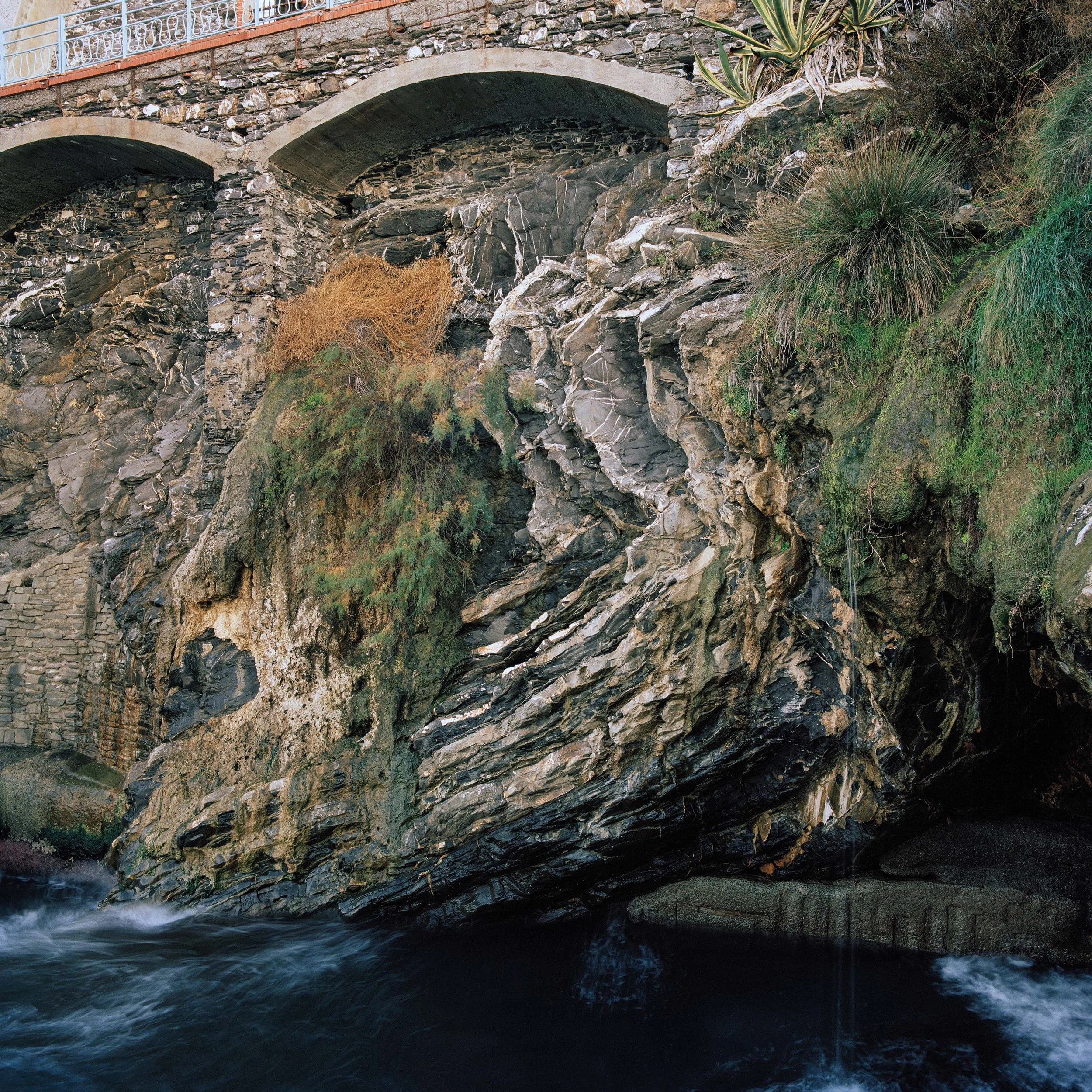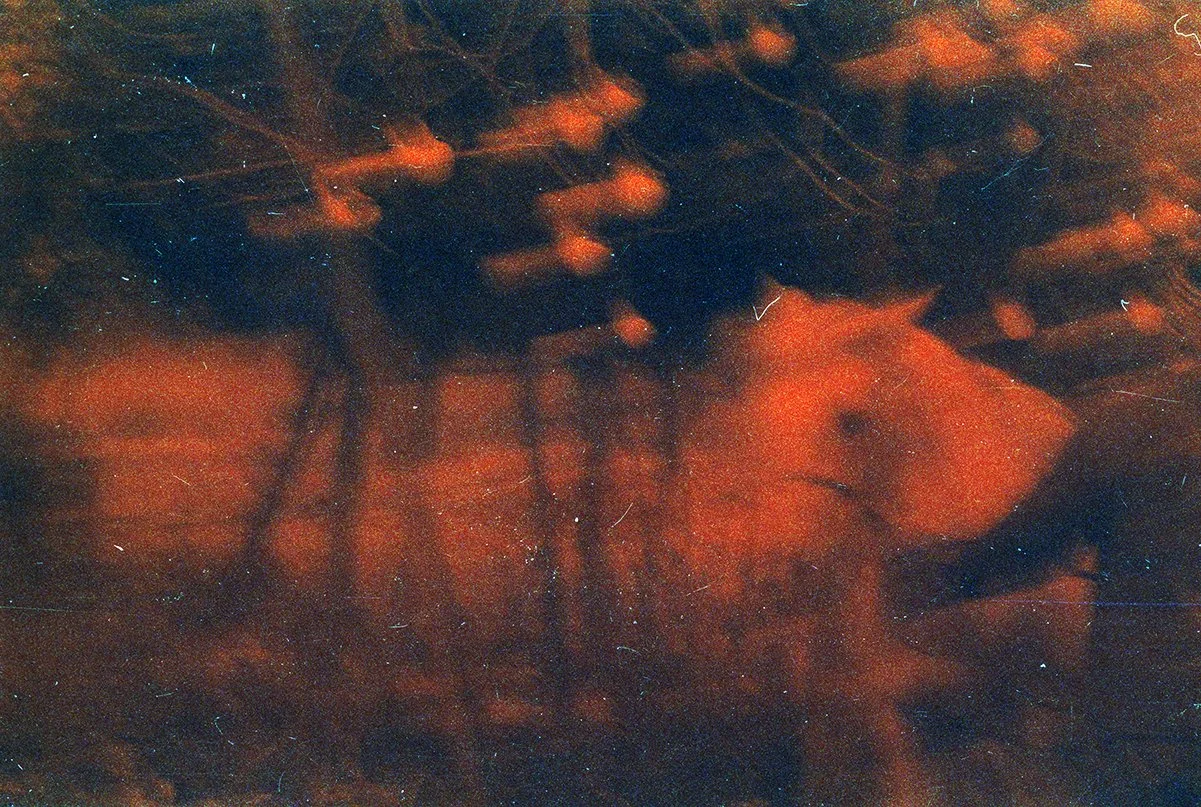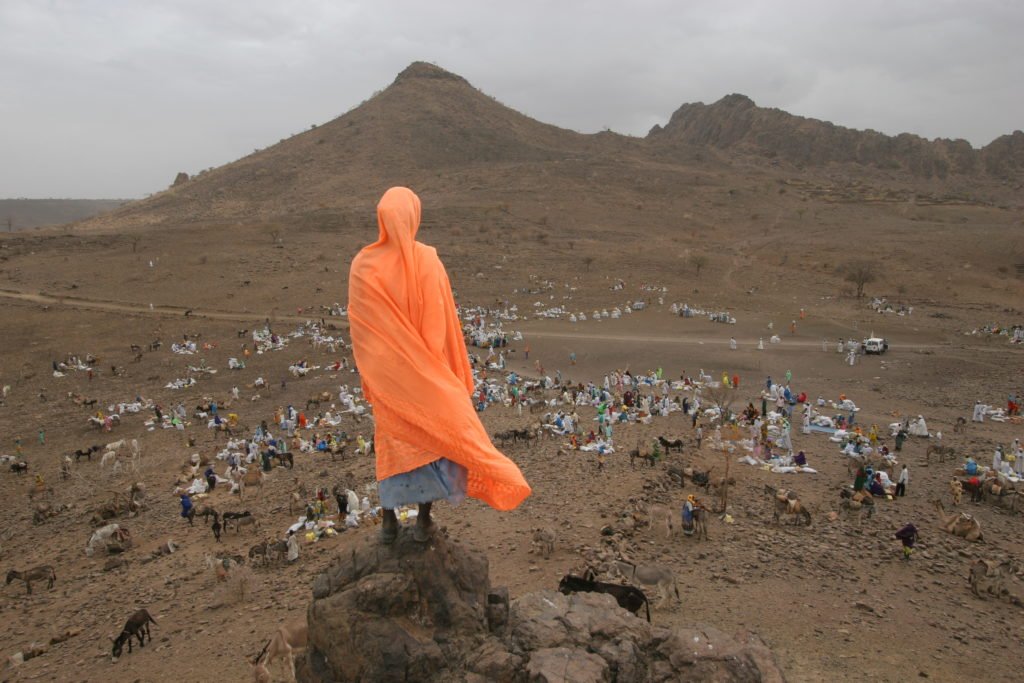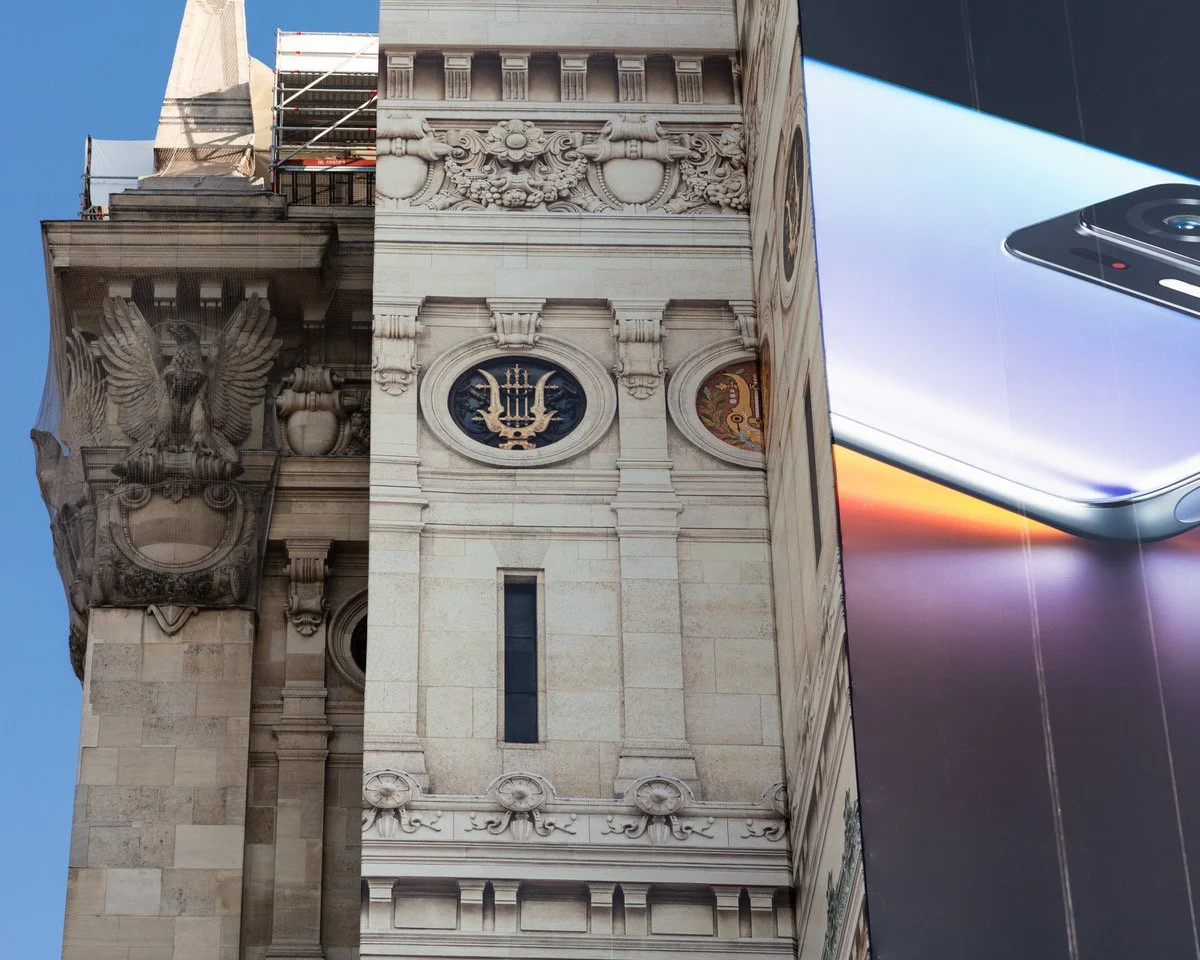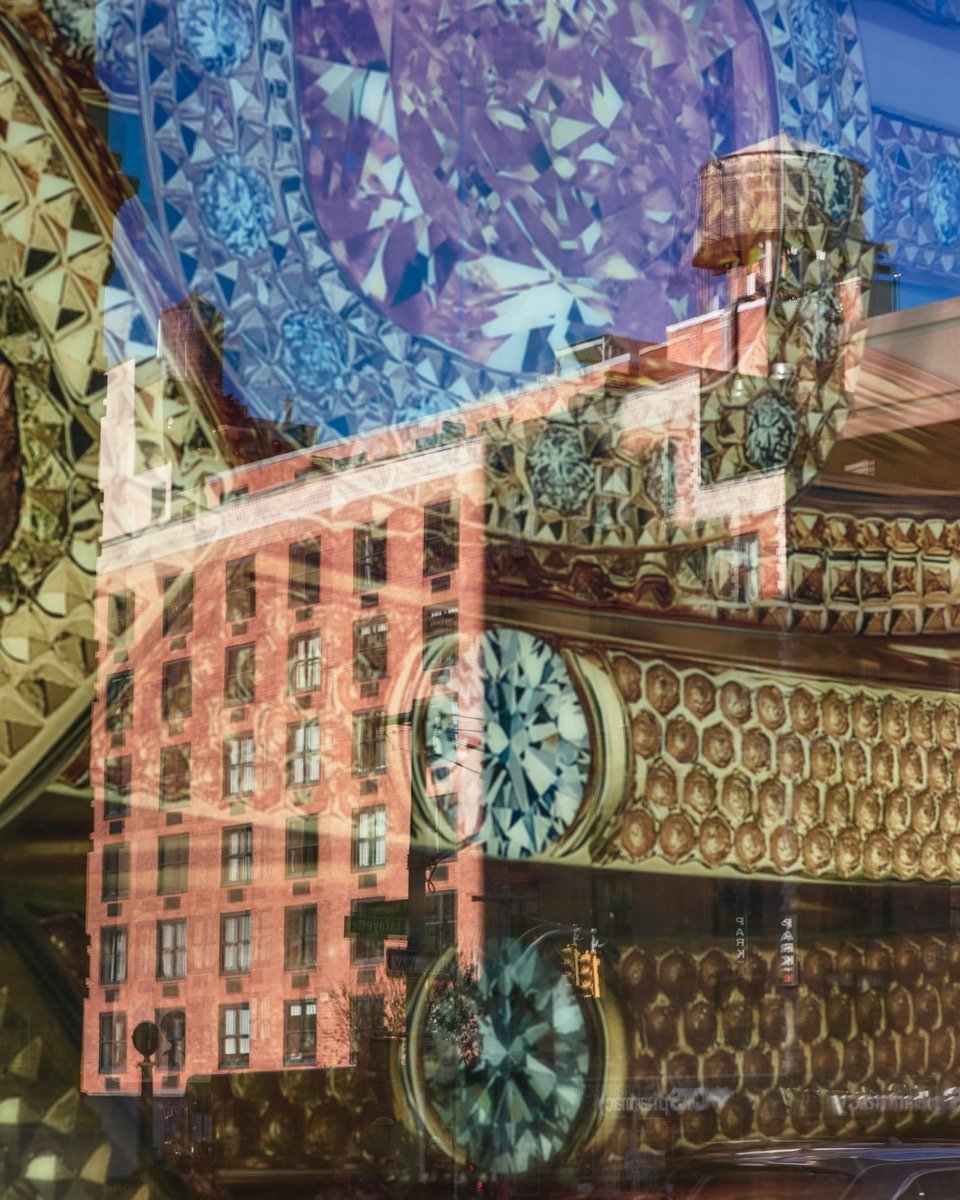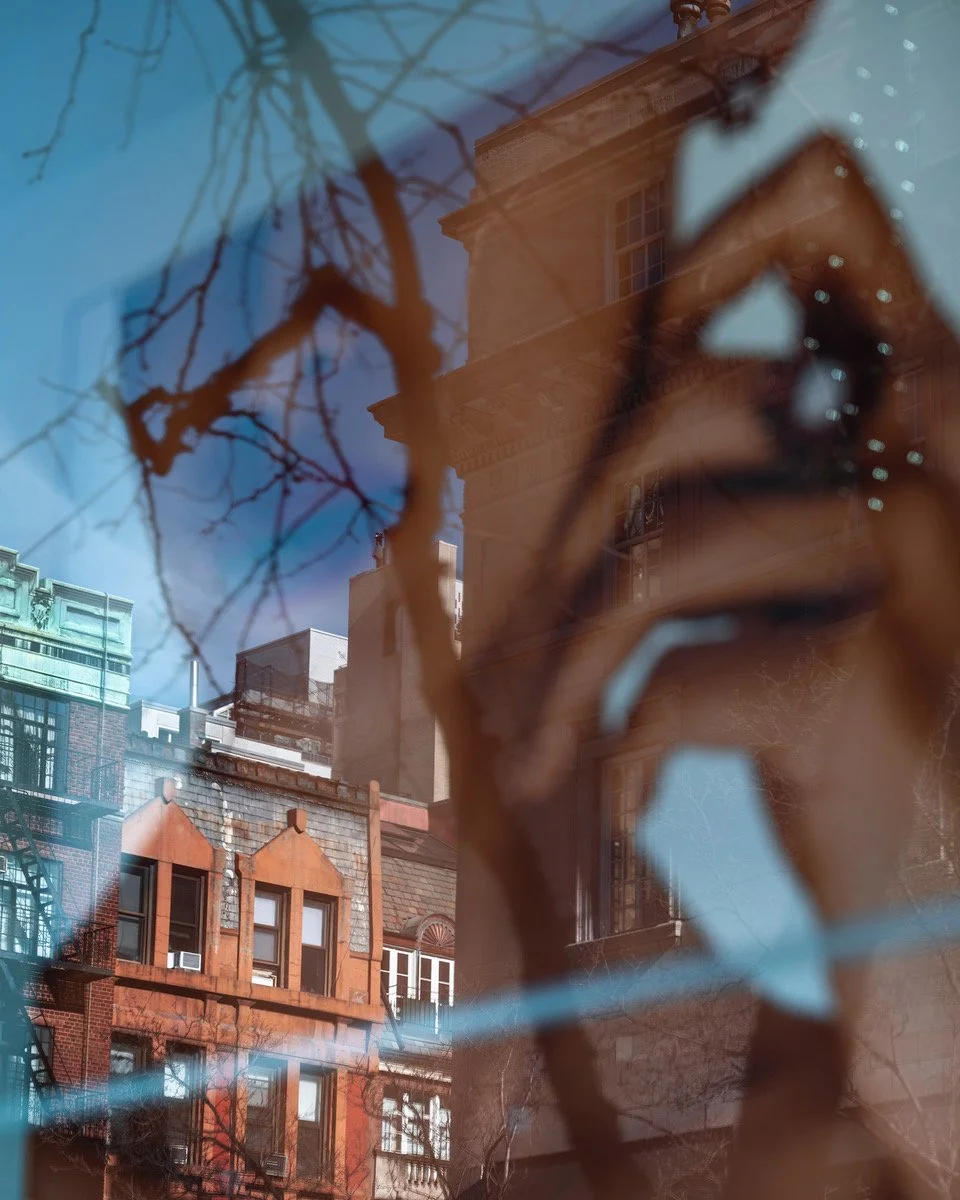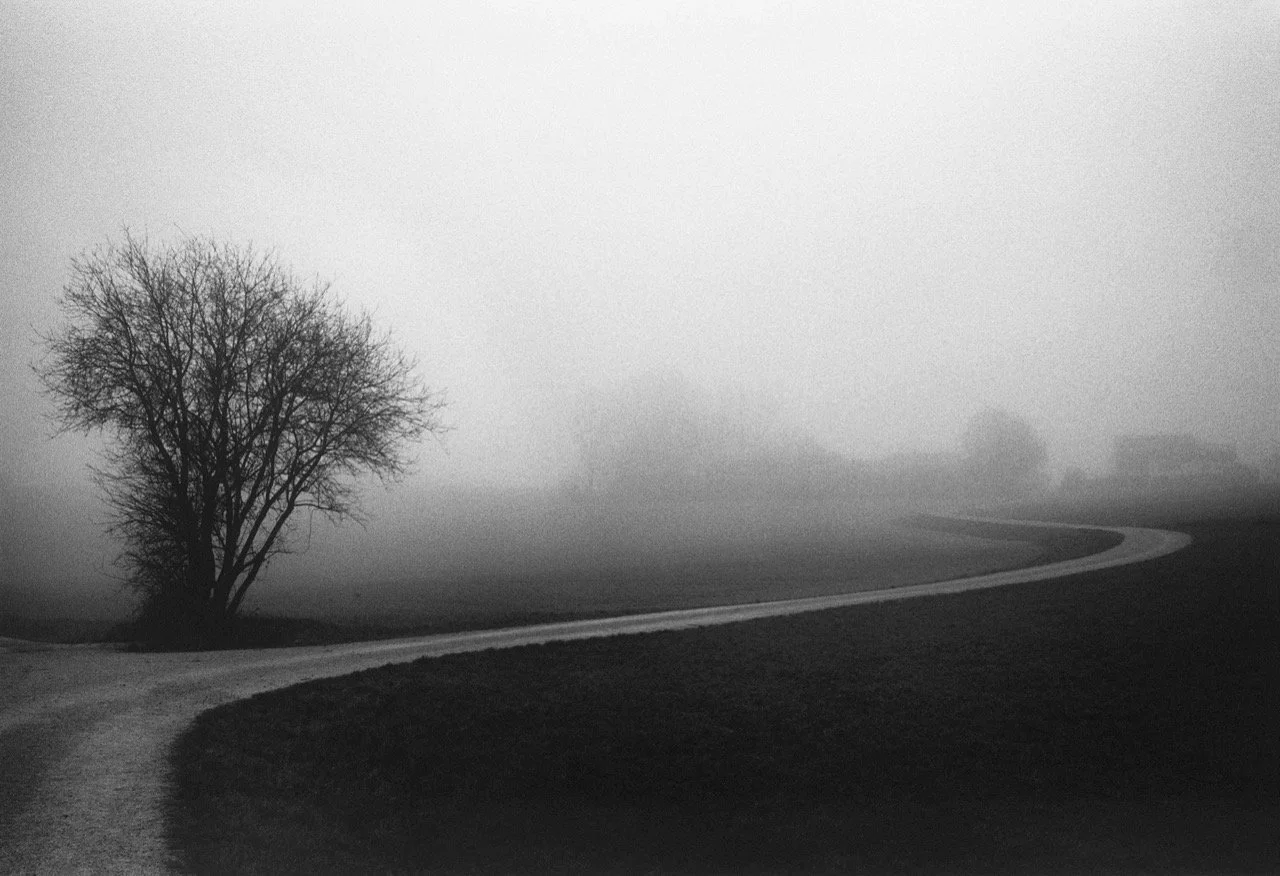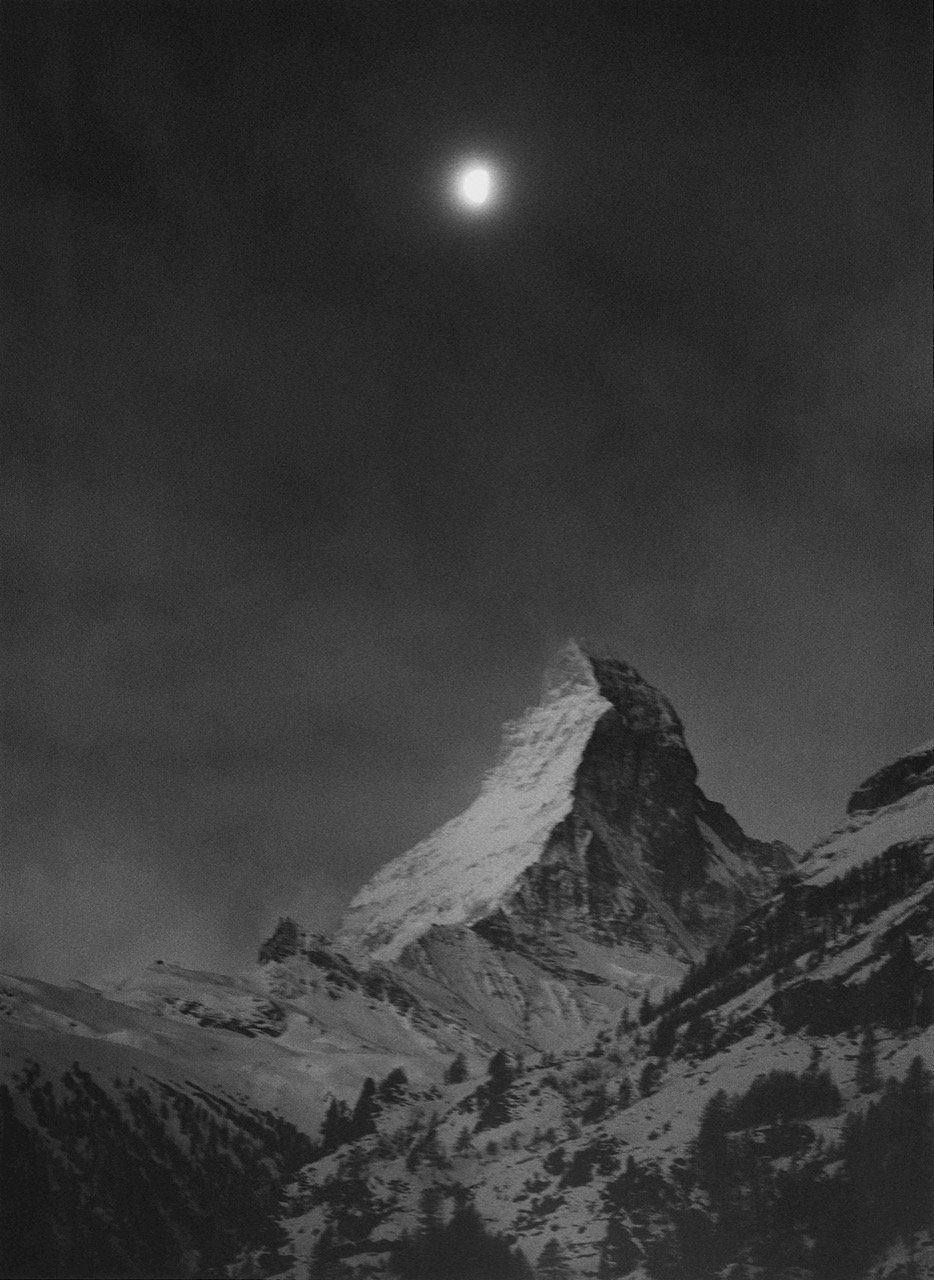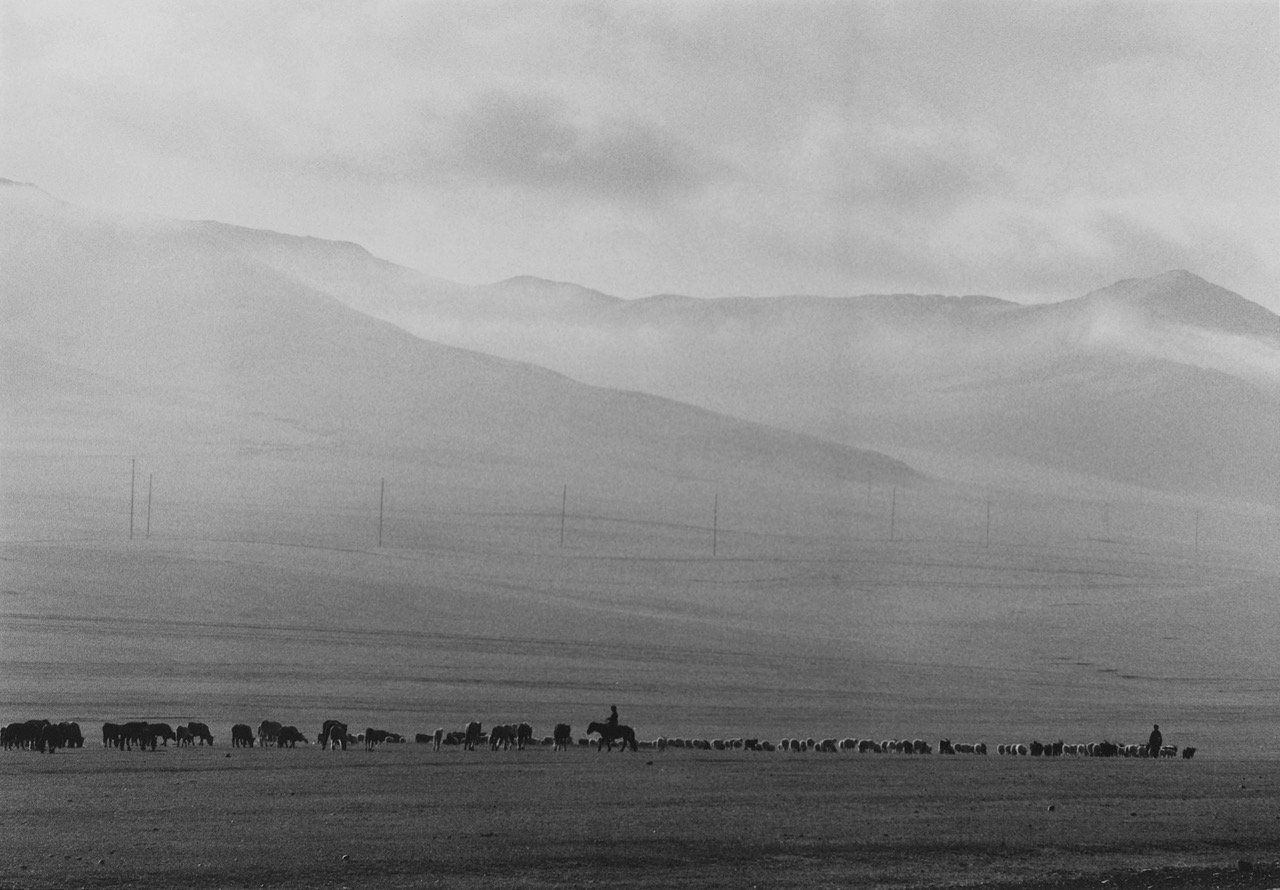
Fred Waldvogel - Pilz Fotografie | Museum im Bellpark | Kriens
Museum im Bellpark | Kriens
1. Februar 2025 – 4. Januar 2026
Fred Waldvogel - Pilz Fotografie
Stropharia semiglobata - Halbkugeliger Träuschling © Fred Waldvogel
Fred Waldvogel (1922-1997), Pilzkenner und Fotograf, holte sich vierzig Jahre lang Pilze aller Art vor seine Linse und fotografierte diese in weltweit einmaliger Qualität. Hinterlassen hat er ein Werk von über 1000 Aufnahmen, die in der Pilzfotografie neue Massstäbe setzten. Wir präsentieren ab Februar 2025 eine Auswahl des aussergewöhnlichen Schaffens von Waldvogel in einer Kabinettausstellung im zweiten Obergeschoss des Museums, parallel zur Ausstellung „One Million Bears“ der konzeptuellen Malerin Tina Braegger.
Fred Waldvogels Darstellungsweise reicht weit über eine wissenschaftliche Aufarbeitung der Pilze hinaus. Seine Einzel- und Gruppenportraits, mit teils landschaftlichem Charakter, die er als Pilz-Tableaus auf seinem Reprotisch im Studio sorgfältig arrangierte, machen ein erstaunliches und wundersames Paralleluniversum sichtbar. Aus den Bildern spricht nicht nur sein unbändiges Interesse, die Welt der Pilze besser zu verstehen, sondern auch seine sehr respektvolle und wertschätzende Haltung gegenüber diesen Lebewesen. Die Komposition und Inszenierung des Fotografen zeugen von beeindruckendem Sachverstand und enormen ästhetischem Bewusstsein. In einem Interview erwähnte Waldvogel einmal, dass ihn vor allem die Vielfalt der Pilze beeindrucke und begeistere. Tatsächlich gelang ihm immer wieder, das einzigartige Wesen und den individuellen Charme seiner „Modelle“ auf berührende und amüsante Weise herauszuarbeiten.
Die Ausstellung gewährt nun erstmals einen repräsentativen Einblick in das Pilzarchiv des Fotografen, das heute an der Universitätsbibliothek Zürich, Bereich Pflanzenwissenschaft aufbewahrt wird. In Zusammenarbeit mit Martin Stollenwerk, Leiter Fotografie am Schweizerischen Institut für Kunstwissenschaft SIK-ISEA, sowie Andreas Hertach, freier Kurator, haben wir den Fotobestand von über tausend Diapositiven gesichtet und daraus eine prägnante Auswahl für eine Inszenierung in unseren Ausstellungsräumen herausgelöst.
In Zusammenarbeit von Museum im Bellpark und Zeughaus Teufen entsteht ein Fotobuch über Fred Waldvogels Pilzfotografie, das von Bänziger Hug gestaltet und bei Jungle Books erscheinen wird. Das Buch wird im Verlauf der Ausstellung anlässlich einer Buchpräsentation im Wald, nahe dem Ort von Fred Waldvogels Fotostudio, der interessierten Öffentlichkeit vorgestellt. Termingerecht zur Herbstsaison werden die Myzelien dieser Pilzausstellung wundersam von Kriens nach Teufen im Appenzellerland ausgreifen: Im Zeughaus Teufen wird ab September ebenfalls eine Auswahl aus dem Bestand von Fred Waldvogel aufscheinen.
Gyroporus cyanesceus – Kornblumenröhrling © Fred Waldvogel
Fred Waldvogel (1922-1997), mycologue et photographe, a photographié pendant quarante ans des champignons de toutes sortes avec une qualité unique au monde. Il a laissé derrière lui une œuvre de plus de 1000 clichés qui ont posé de nouveaux jalons dans la photographie de champignons. À partir de février 2025, nous présenterons une sélection de l'œuvre exceptionnelle de Waldvogel dans une exposition de cabinet au deuxième étage du musée, parallèlement à l'exposition « One Million Bears » de la peintre conceptuelle Tina Braegger.
Le mode de représentation de Fred Waldvogel va bien au-delà d'un traitement scientifique des champignons. Ses portraits individuels et de groupe, parfois à caractère paysager, qu'il a soigneusement arrangés comme des tableaux de champignons sur sa table de reproduction dans son studio, rendent visible un univers parallèle étonnant et miraculeux. Ce qui ressort de ces images, c'est non seulement son intérêt irrépressible à mieux comprendre le monde des champignons, mais aussi son attitude très respectueuse et valorisante envers ces êtres vivants. La composition et la mise en scène du photographe témoignent d'une expertise impressionnante et d'une énorme conscience esthétique. Dans une interview, Waldvogel a mentionné un jour que c'était surtout la diversité des champignons qui l'impressionnait et l'enthousiasmait. En effet, il a toujours réussi à faire ressortir la nature unique et le charme individuel de ses « modèles » de manière touchante et amusante.
L'exposition donne pour la première fois un aperçu représentatif des archives du photographe sur les champignons, aujourd'hui conservées à la bibliothèque universitaire de Zurich, domaine des sciences végétales. En collaboration avec Martin Stollenwerk, directeur de la photographie à l'Institut suisse pour l'étude de l'art SIK-ISEA, et Andreas Hertach, commissaire d'exposition indépendant, nous avons examiné le fonds photographique de plus de mille diapositives et en avons extrait une sélection concise pour une mise en scène dans nos salles d'exposition.
Un livre de photos sur la photographie de champignons de Fred Waldvogel, conçu par Bänziger Hug et publié par Jungle Books, est né de la collaboration entre le Museum im Bellpark et l'arsenal de Teufen. Le livre sera présenté au public intéressé au cours de l'exposition, à l'occasion d'une présentation du livre dans la forêt, à proximité du lieu du studio photo de Fred Waldvogel. A l'approche de l'automne, le mycélium de cette exposition de champignons s'étendra miraculeusement de Kriens à Teufen, dans le pays d'Appenzell : A l'arsenal de Teufen, une sélection de champignons provenant du stock de Fred Waldvogel sera également exposée à partir de septembre.
Russula nauseosa - Geriefter Weichtäubling © Fred Waldvogel
Fred Waldvogel (1922-1997), conoscitore e fotografo di funghi, ha trascorso quarant'anni a fotografare funghi di ogni tipo davanti al suo obiettivo, catturandoli con una qualità ineguagliabile. Ha lasciato un'opera di oltre 1000 fotografie che hanno stabilito nuovi standard nella fotografia dei funghi. A partire da febbraio 2025, presenteremo una selezione della straordinaria opera di Waldvogel in un'esposizione in vetrina al primo piano del museo, accanto alla mostra “Un milione di orsi” della pittrice concettuale Tina Braegger.
Lo stile di rappresentazione di Fred Waldvogel va ben oltre l'analisi scientifica dei funghi. I suoi ritratti individuali e di gruppo, alcuni dei quali di carattere paesaggistico, disposti con cura come tableaux di funghi sul suo tavolo di riproduzione in studio, rivelano un universo parallelo sorprendente e meraviglioso. Le immagini riflettono non solo il suo irrefrenabile interesse per una migliore comprensione del mondo dei funghi, ma anche il suo atteggiamento di grande rispetto e apprezzamento nei confronti di queste creature. La composizione e la messa in scena del fotografo testimoniano la sua impressionante competenza e la sua enorme consapevolezza estetica. In un'intervista, Waldvogel ha detto di essere particolarmente colpito e ispirato dalla diversità dei funghi. In effetti, è sempre riuscito a sottolineare la natura unica e il fascino individuale dei suoi “modelli” in modo toccante e divertente.
La mostra offre ora la prima visione rappresentativa dell'archivio di funghi del fotografo, ora conservato presso la Biblioteca Universitaria di Zurigo, Dipartimento di Scienze Vegetali. In collaborazione con Martin Stollenwerk, responsabile della fotografia presso l'Istituto Svizzero per la Ricerca Artistica SIK-ISEA, e Andreas Hertach, curatore freelance, abbiamo passato al setaccio la collezione fotografica di oltre mille diapositive e ne abbiamo fatto una selezione concisa da presentare nelle nostre sale espositive.
Il Museum im Bellpark e Zeughaus Teufen stanno collaborando alla realizzazione di un libro fotografico sulla fotografia di funghi di Fred Waldvogel, che sarà progettato da Bänziger Hug e pubblicato da Jungle Books. Il libro sarà presentato al pubblico interessato durante la mostra, in occasione del lancio del libro nella foresta, vicino alla sede dello studio fotografico di Fred Waldvogel. Giusto in tempo per la stagione autunnale, i miceli di questa mostra di funghi si diffonderanno miracolosamente da Kriens a Teufen in Appenzello: Una selezione della collezione di Fred Waldvogel sarà esposta anche nella Zeughaus Teufen a partire da settembre.
Coprinus lagopus – Hasenpfote © Fred Waldvogel
For forty years, mycologist and photographer Fred Waldvogel (1922-1997) captured mushrooms of all kinds on film, producing images of unparalleled quality. He left behind a body of work comprising over 1000 photographs that set new standards in the field of fungus photography. From February 2025, we will be presenting a selection of Waldvogel's extraordinary work in a cabinet exhibition on the second floor of the museum, parallel to the exhibition ‘One Million Bears’ by conceptual painter Tina Braegger.
Fred Waldvogel's approach goes far beyond a scientific study of mushrooms. His individual and group portraits, some of which have a landscape-like character, carefully arranged as mushroom tableaux on his studio table, reveal a wondrous and wondrous parallel universe. The images not only reflect his overwhelming interest in better understanding the world of fungi, but also his great respect and appreciation for these creatures. The photographer's composition and staging testify to his impressive expertise and enormous aesthetic awareness. In an interview, Waldvogel once mentioned that it was above all the diversity of fungi that impressed and inspired him. And indeed, he repeatedly succeeded in bringing out the unique essence and individual charm of his ‘models’ in a touching and amusing way.
The exhibition now provides a representative insight into the photographer's fungus archive, which is now kept at the University of Zurich's Botanical Science Department. In collaboration with Martin Stollenwerk, head of photography at the Swiss Institute for Art Research SIK-ISEA, and Andreas Hertach, freelance curator, we have sifted through the photographic collection of over a thousand slides and selected a concise selection for a staging in our exhibition spaces.
A photo book about Fred Waldvogel's mushroom photography is being created in collaboration with the Museum im Bellpark and the Zeughaus Teufen. The book will be designed by Bänziger Hug and published by Jungle Books. The book will be presented to the public during the exhibition at a book presentation in the forest near the location of Fred Waldvogel's photo studio. Just in time for the autumn season, the mycelia of this mushroom exhibition will miraculously spread from Kriens to Teufen in the Appenzell region: a selection from Fred Waldvogel's collection will also be on display at the Zeughaus Teufen from September.
(Text: Museum im Bellpark, Kriens)





















